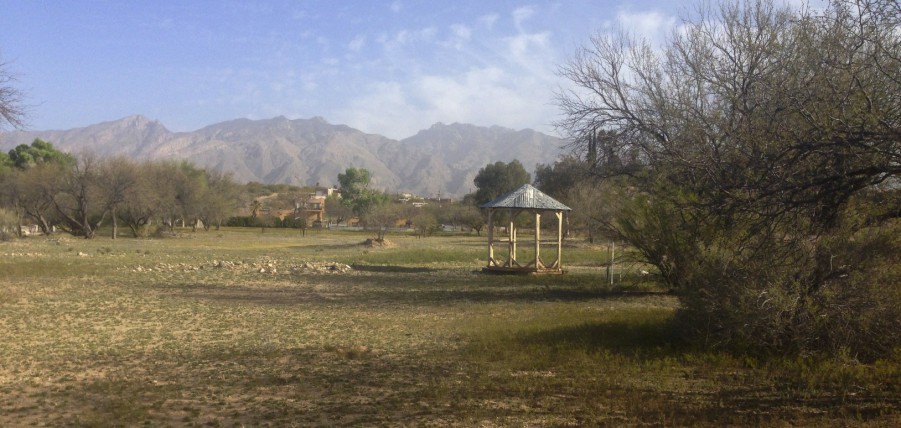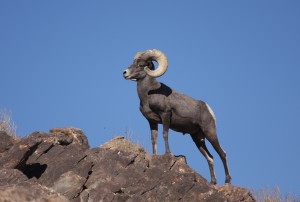I regularly shop most grocery stores — Fry’s (Kroger’s), Basha’s, Albertson’s, Safeway, Sprouts and Trader Joe’s. I do not spend a lot of time looking. But I go often, three or four times a week, sometimes just to fetch one or two items. I rarely venture to Whole Foods because it requires that you show a gold brick at the entrance to prove you can pay. And I am fresh out.
Today was one of the peculiar and mysterious pricing adventures. Albertson’s is selling a half-gallon of whole milk for $1.89. A gallon of moo juice is priced at $1.99. Which do you suppose I chose? I have no idea if I can drink that much before the consume-by date, especially since I gave up chocolate-chip cookies.
A couple weeks ago, I was in Sprouts because it advertised in the Wednesday newspaper insert strawberries for $.88 a lb. As is its wont, Sprouts had a big display at the entrance. Right next to the pound boxes was a three-pound box priced at $4.99. Now I might understand this if the three-pound boxes were far away from the 88-cent display. But they were right next to each other. I find this rather mysterious. The three-pound box might have been organic, but I don’t remember a sign saying so. I can only wonder about those shoppers who bought the three-pound box, thinking it was a ganga.
Occasionally, I also shop Costco’s grocery, but buy only a few things. Bulk doesn’t work well when shopping for two. Once in a while I also prowl Walmart grocery, which surprisingly has a lot of items you can’t get anywhere else. Conversely, it also doesn’t have a lot of stuff you can find at the other stores.
At the moment, I am in search one of my favorite breads, admittedly a self-indulgent. Let me know if you run across it — the Orowheat Winter wheat oaf. It is very expensive. For years, Basha’s used to carry it, but no longer. A loaf cost about four and a half Drachma, which is about a buck more than the others. It is also a small slice. Nonetheless, it is full of good stuff, as you can see here. Meanwhile, if you fancy a relatively low-carb, high fiber and reasonably priced bread, Trader Joes has a high fiber loaf with 6 grams of fiber and 17 grams of carbs, a net of 11 carbs. The fiber content is twice most breads and often three times.
A good while back I became enamored of Safeway’s mini bear claws. I would pick up package of (I think) a half dozen at the Sunrise and Swan store. I was surprised when I went to the Safeway at Grant and Craycroft and found nary a mini bear claw. When I asked why no sainted (Santa) claws, I was told that Safeway has two tiers of stores. There are those in the affluent neighborhoods and those in the not-so-affluent. The tip-off, I suppose, is that the Sunrise store has a Starbucks. So does the Basha’s at Camp Lowell and Swan. It also has a couple comfy over-stuffed leather chairs and sofa and a lunch counter, which you won’t find many in most stories that I know about. There’s also a Starbucks at the Albertson’s on Silverbell on the west side.







Recent Comments